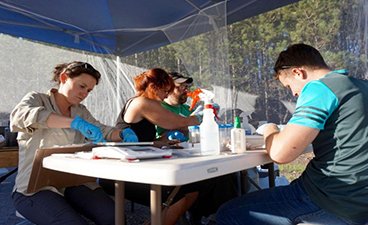
Water Resources and Quality
Renowned as the Land of 10,000 Lakes and the headwaters of the Mississippi River, Minnesota's waters are critical to the state's identity and economy. The University of Minnesota focuses on improving the health and biodiversity of lakes, rivers, streams, and wetlands throughout the region.
Research and Extension are committed to:
- Using precision agriculture to optimize profitability and minimize non-point source pollution in watersheds
- Assisting with the control and management of aquatic invasive species
- Ensuring Minnesotans have access to safe drinking water
- Informing urban land use decisions, improving stormwater practices, and educating local leaders and water resource professionals
Research Highlights

Researchers from the University of Minnesota and the Grand Portage Band of Lake Superior Chippewa discovered fish from 18 out of 19 testing sites in northern Minnesota contained contaminants of emerging concern (CECs) such as pharmaceuticals, hormones and personal care products. This research illustrates the ubiquity of pharmaceuticals in the environment and their potential impacts on fish — both in expected environments like wastewater but also in more surprising places, like undeveloped lakes.
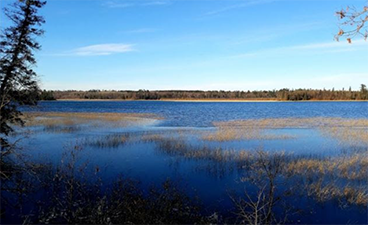
Oxygen levels in the world’s temperate freshwater lakes are declining at rates faster than in the oceans, according to research from the University of Minnesota and Rensselaer Polytechnic Institute. It’s a trend researchers found is largely driven by climate change and land use, threatening freshwater biodiversity and the quality of drinking water. Read more about this research discovery.

Researchers at the Southwest Research and Outreach Center in Lamberton, Minn., wanted to understand the individual and cumulative impacts of multiple, integrated best practices on water quantity and water quality in order to meet nutrient load reduction goals. In particular, researchers were interested in evaluating the response of in-field, edge-of-field and beyond-the-field/in-stream management practices on water quantity and water quality for a small watershed and upscale these results to watershed scale.
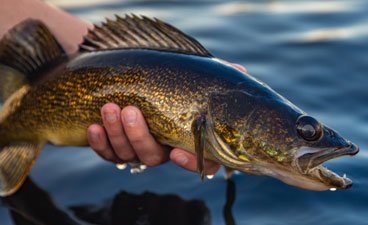
Hundreds of Minnesota lakes are infested with zebra mussels or spiny water flea, two aquatic invasive species (AIS) that have a significant impact on lake ecosystems. Researchers know both species reduce a lake’s zooplankton — an important food source for young walleye — but there is limited research on how that translates up the food chain to larger species, including Minnesota's favorite, walleye.
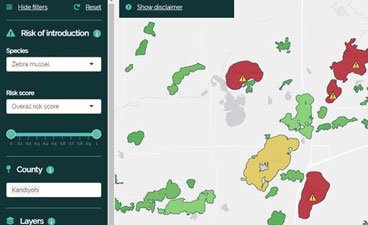
Early meetings between stakeholders and the team at the University’s Minnesota Aquatic Invasive Species Research Center (MAISRC) identified a large number of needs as the state works to control AIS. One of these needs seemed to tie all of the issues together: Minnesota needs a decision tool that would help managers on the ground determine the best ways to control AIS with limited people and funds. In short, they needed to not only know where AIS are but also where they are most likely to go next.
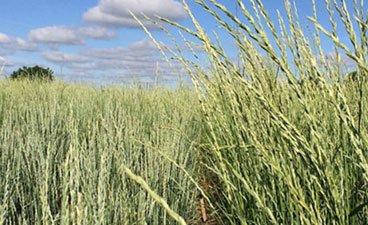
Research shows with intermediate wheatgrass (IWG), farmers get access to a more sustainable cash crop that requires fewer inputs and is proving to be an increasingly desirable grain option for the food and beverage industry. New varieties of IWG, developed with MN conditions in mind, would further assist farmers to take advantage of all of the benefits of this new crop.